Author Archives: Suprabha Sharma

Remote Excellence: 10 Advantages Of Operating Virtual Call Centers
Remote Excellence: 10 Advantages Of Operating Virtual Call Centers In today’s rapidly evolving business landscape, the concept of call centers has taken a transformative leap into the virtual realm. The rise of virtual call centers is reshaping how businesses interact … Read More
Tags: Active Listening, Communication, Managers

Training In House Excellence: Empowering Your Team Members from Within
Training In House Excellence: Empowering Your Team Members from Within This blog will explore a winning combination key to unlocking your organization’s full potential: training in house led by subject matter experts (SMEs). This blog will delve into the dynamic … Read More
Tags: Active Listening, Communication, Managers
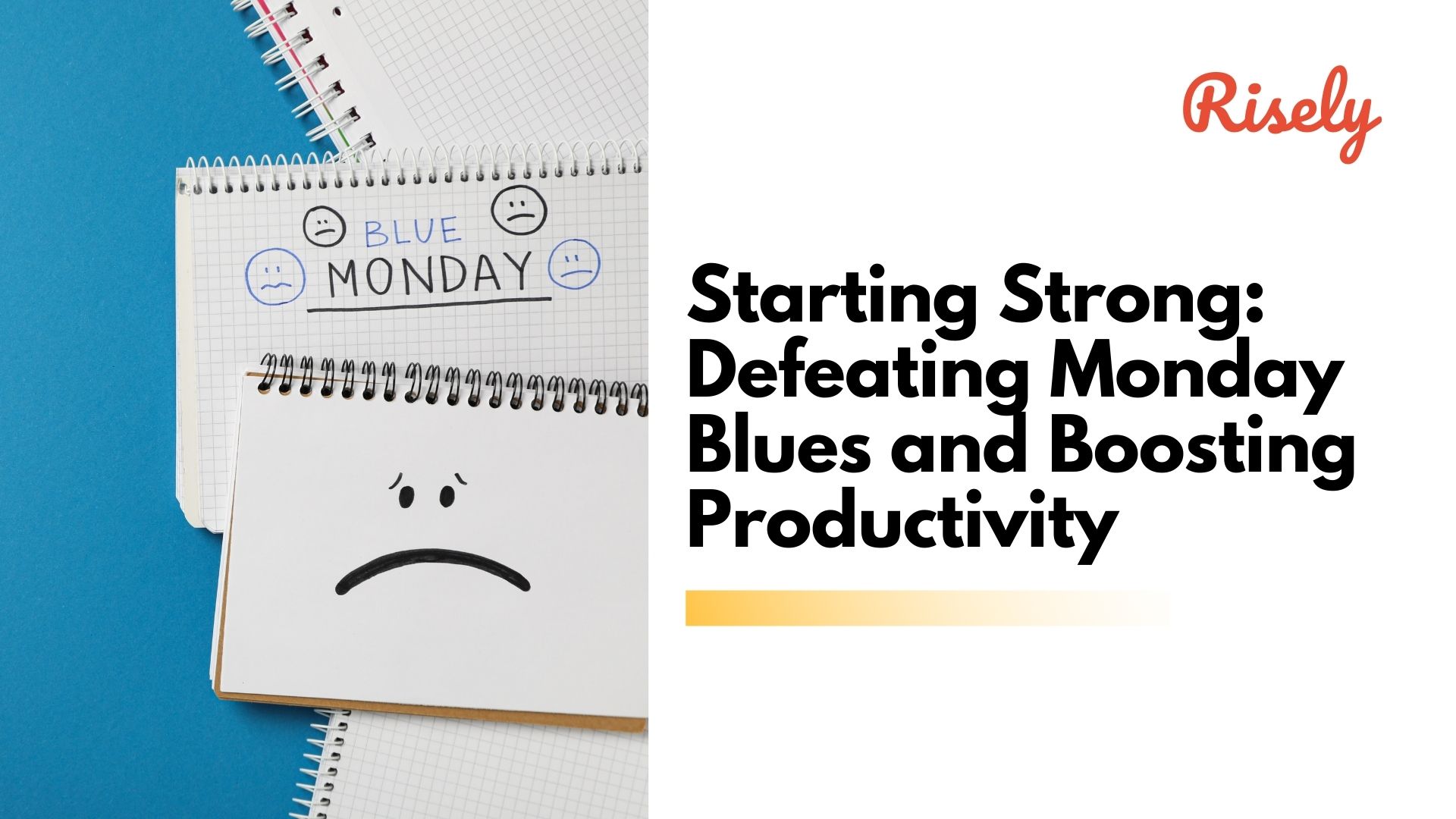
Starting Strong: Defeating Monday Blues and Boosting Productivity
Starting Strong: Defeating Monday Blues and Boosting Productivity Mondays – a day that often stirs a mix of emotions as we bid farewell to the weekend’s relaxation and dive headfirst into the workweek. For many, the term “Monday blues” resonates … Read More
Tags: Active Listening, Inspire, Leadership, Managers

Crafting an Effective Performance Review Plan: A Step-by-Step Guide
Crafting an Effective Performance Review Plan: A Step-by-Step Guide Performance review plans are the cornerstone of effective talent management within teams. In today’s dynamic and competitive business landscape, fostering employee growth and aligning their efforts with team goals has become … Read More
Tags: Active Listening, Communication, Leadership, Managers
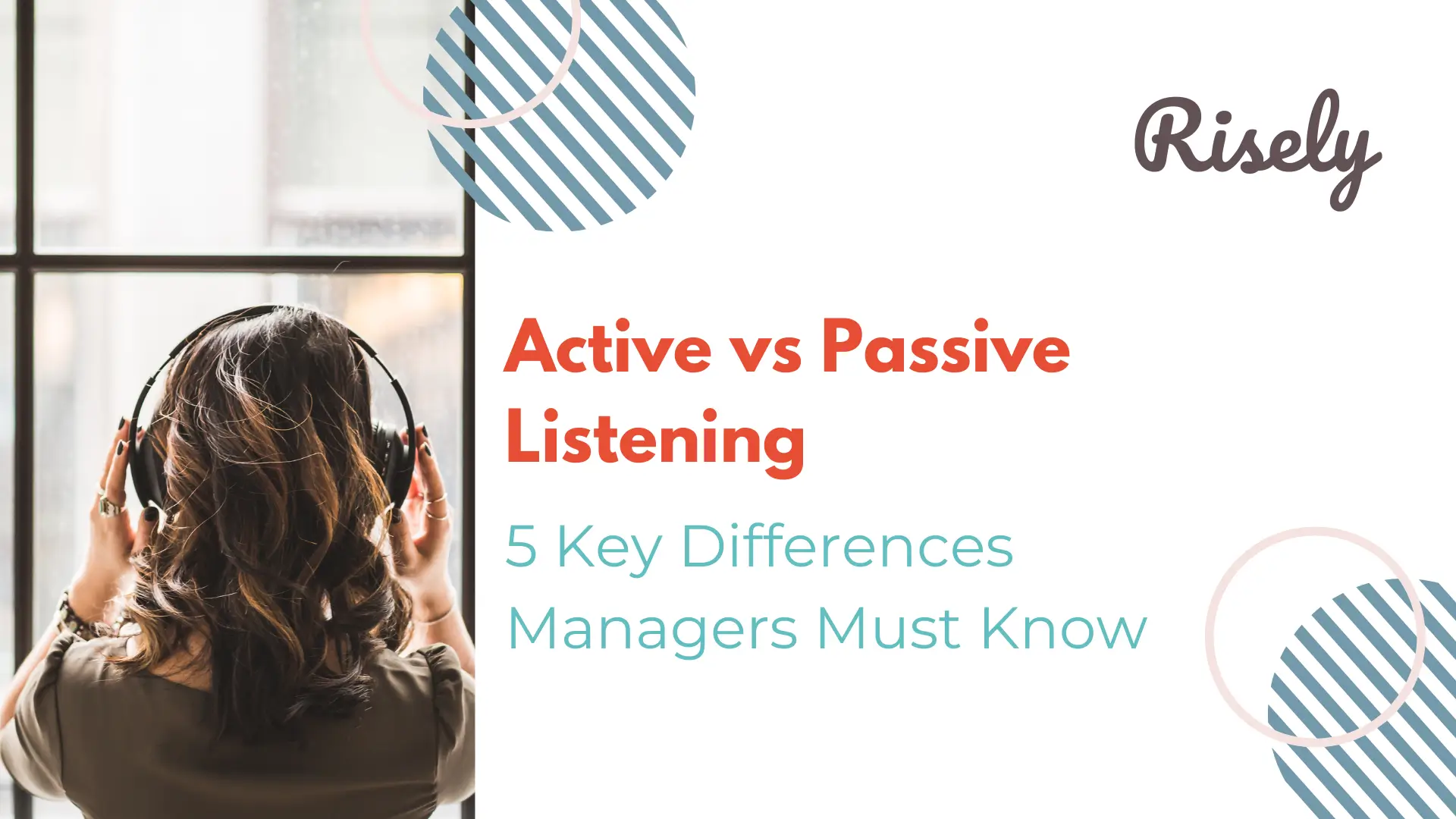
Active vs Passive Listening: 5 Key Differences Managers Must Know
Active vs Passive Listening: 5 Key Differences Managers Must Know Effective communication is an essential skill in both personal and professional settings. One crucial aspect of communication is listening, and there are two main types: active and passive listening. Active … Read More
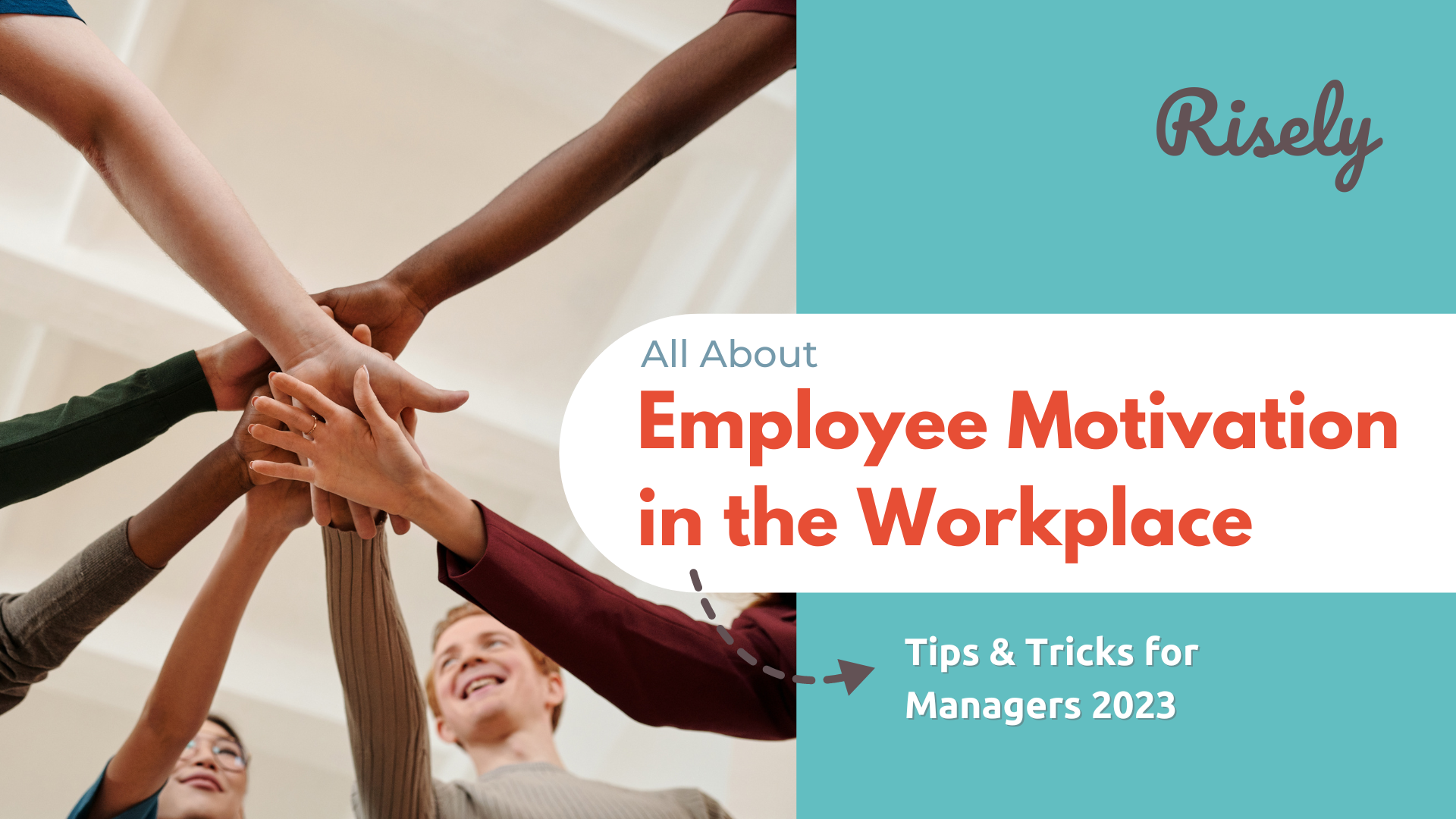
All about Employee Motivation in the Workplace: Tips & Tricks for Managers 2023
All about Employee Motivation in the Workplace: Tips & Tricks for Managers 2023 It’s Monday morning, and you dread going to work. The thought of another long day at the office fills you with lethargy and disinterest. But then, you … Read More

Importance Of Development Opportunities For Leaders: 7 Benefits
Importance Of Development Opportunities For Leaders: 7 Benefits Welcome to our blog development opportunities for leaders! In today’s fast-paced and ever-changing business landscape, it’s more important than ever for leaders to learn and grow to stay ahead of the curve … Read More
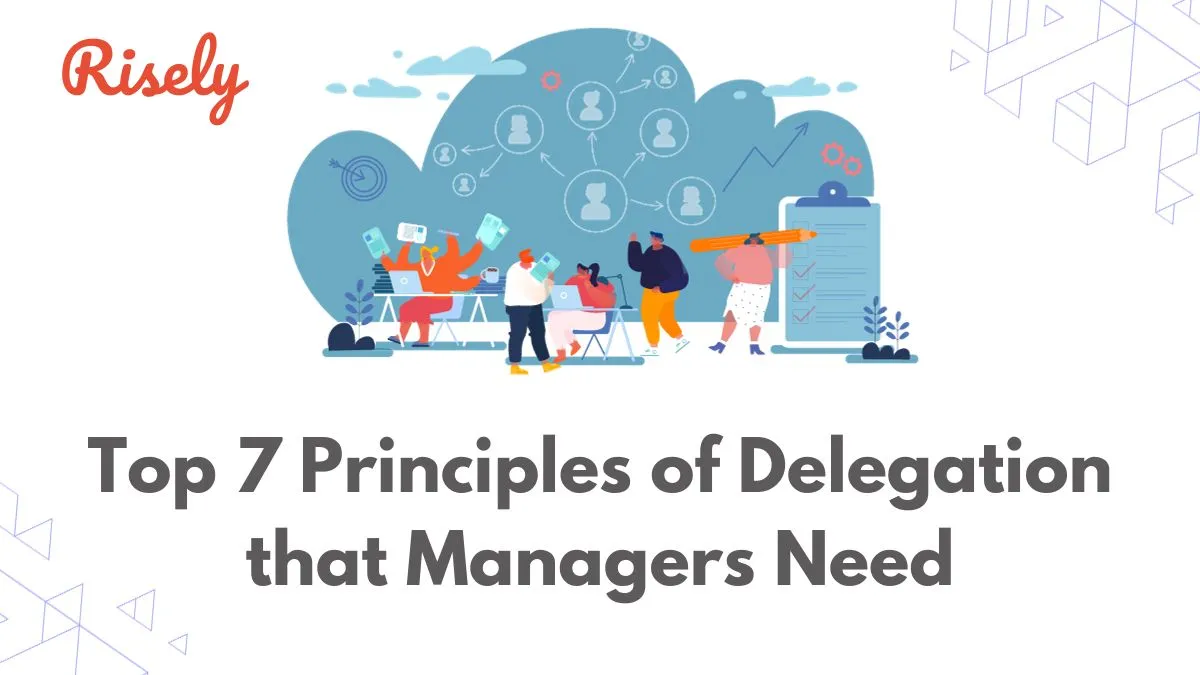
Top 7 Principles of Delegation that Managers Need
Top 7 Principles of Delegation that Managers Need As you would know, delegation is a crucial part of effective leadership and management, and it simply means assigning tasks and responsibilities to others to achieve a common goal. But is it … Read More

6 Benefits of Conflict Resolution for Effective Managers
6 Benefits of Conflict Resolution for Effective Managers Conflict resolution is essential in any workplace – it helps to ensure that everyone involved understands each other and comes to an agreement that is fair and equitable. It’s also necessary for … Read More
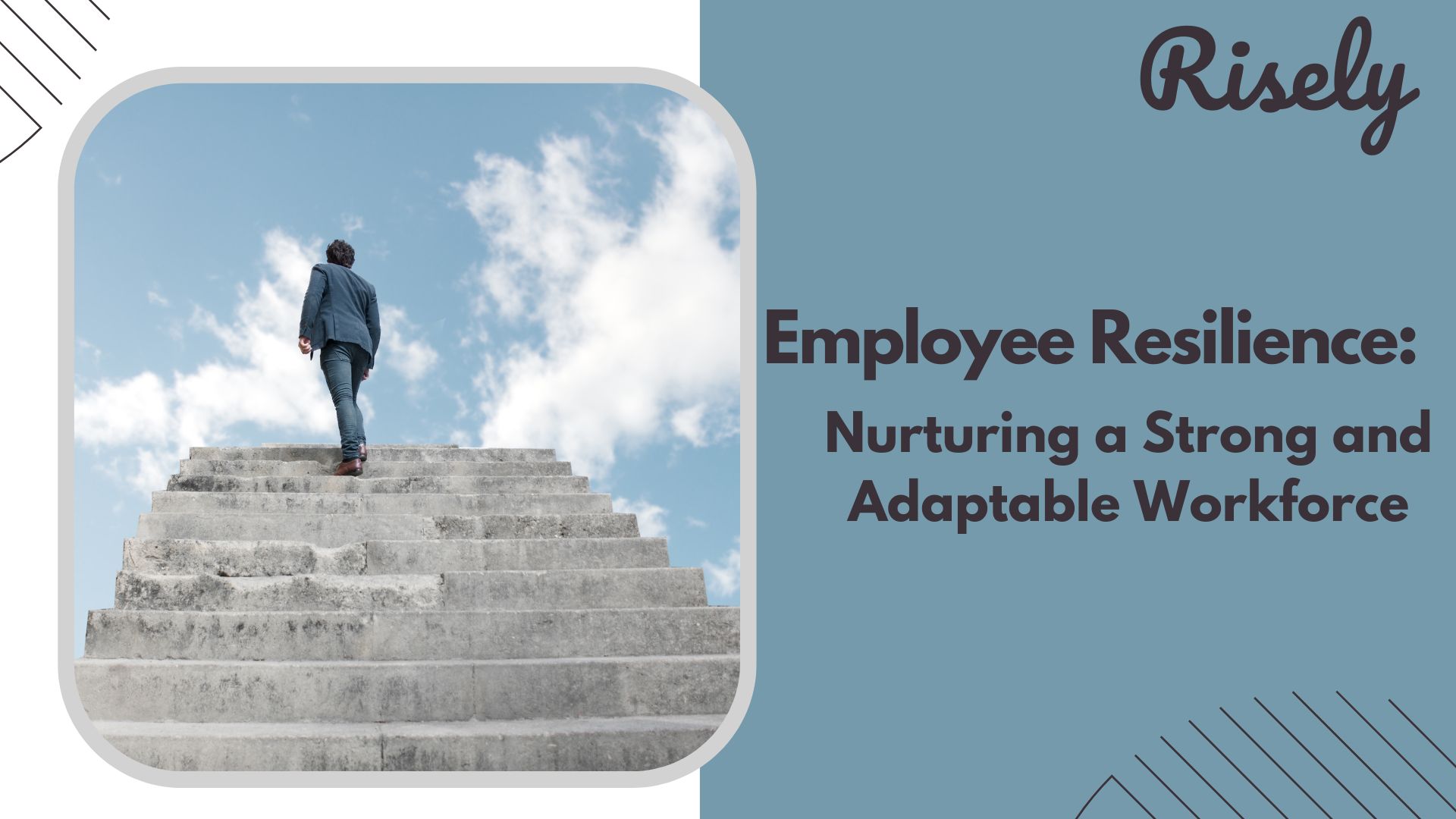
Employee Resilience: Nurturing a Strong and Adaptable Workforce
Employee Resilience: Nurturing a Strong and Adaptable Workforce Employees face challenges, uncertainties, and unexpected hurdles in a fast-paced and ever-changing work environment. The modern workplace can be a pressure cooker for even the most talented professionals, whether adapting to new … Read More

The Ultimate Guide to Managing Client Relationship for Business Success
The Ultimate Guide to Managing Client Relationship for Business Success In the dynamic business world, the key to sustained success lies in the products or services we offer and the strength of the relationships we build with our clients. As … Read More

Lifelong Learning for Professionals: Navigating Learning Opportunities at Work
Lifelong Learning for Professionals: Navigating Learning Opportunities at Work In today’s ever-evolving business, the adage “knowledge is power” has never held more truth. As organizations strive to remain competitive and agile, the key to success lies in unlocking the potential … Read More
Tags: Communication, Inspire, Managers

11 Lifelong Learning Benefits That Fuel Personal and Professional Growth
11 Lifelong Learning Benefits That Fuel Personal and Professional Growth One truth stands tall in pursuing personal growth and professional excellence – learning knows no boundaries, and its quest is ceaseless. Lifelong learning, an enduring voyage far beyond the classroom, … Read More

7 Examples of Problem-Solving Scenarios in the Workplace (With Solutions)
7 Examples of Problem-Solving Scenarios in the Workplace (With Solutions) Have you ever encountered a problem at work? Obviously, yes. Problem-solving skills are among the essential tools for any management professional. From dealing with conflicts between team members to managing … Read More

7 Principles of Effective Communication in the Workplace
7 Principles of Effective Communication in the Workplace Communication often goes unnoticed. So often, we are sharing something without realizing it. Yet, some things remain constant. For instance, if your colleague approaches you to talk about work without knowing what … Read More
